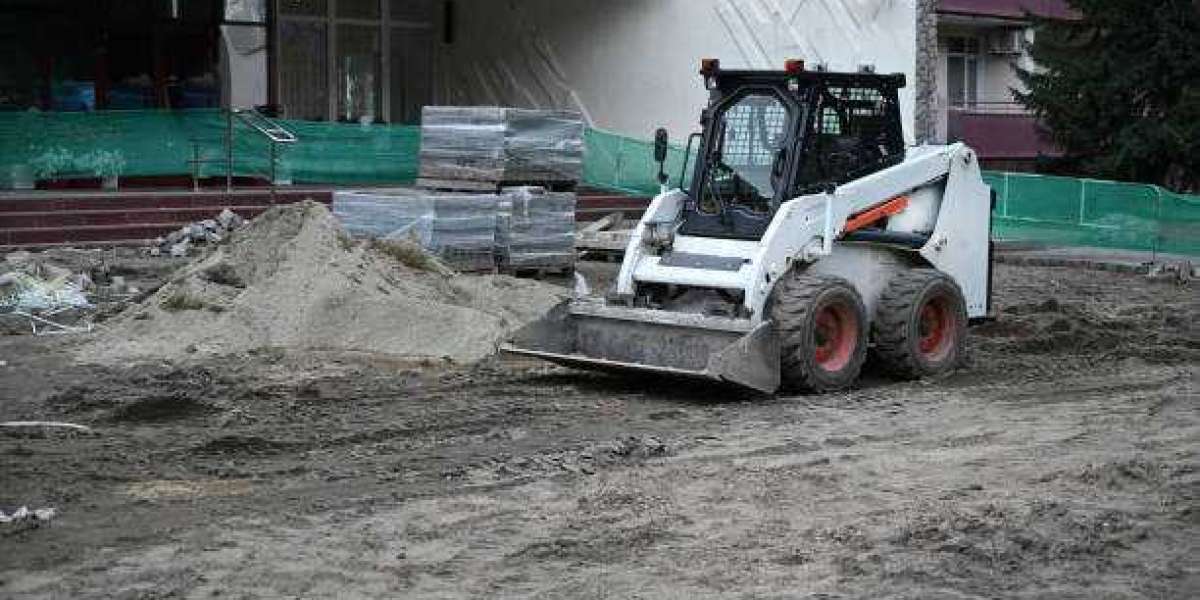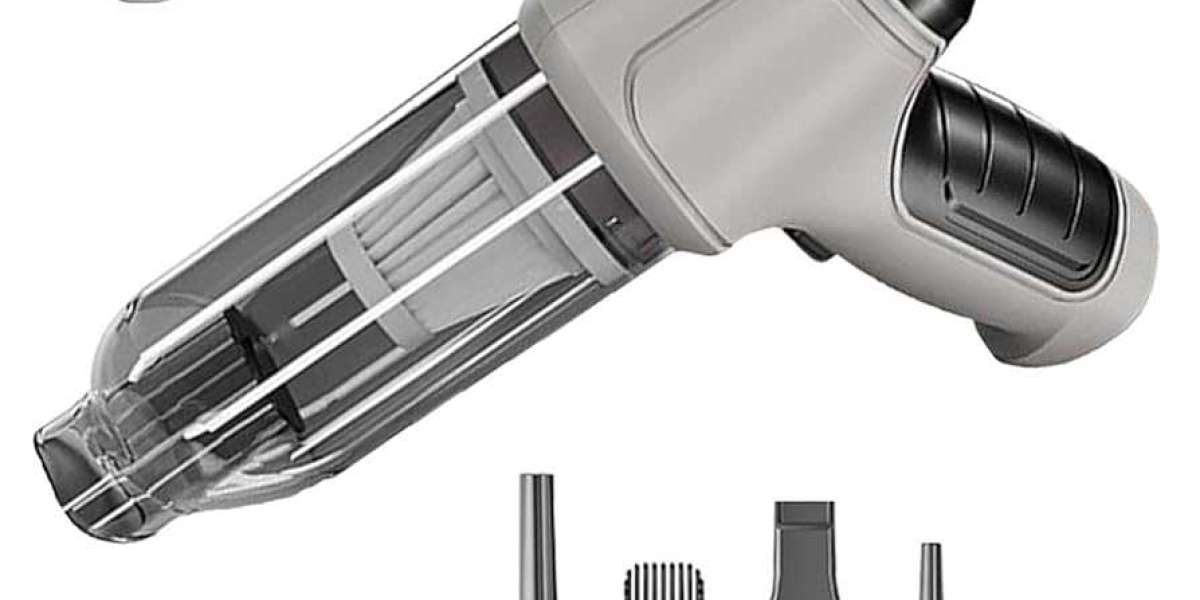Soccer, or football as it’s known outside the United States, is the world’s most popular sport, and for good reason. It combines skill, strategy, and endurance, making it an exciting game for players of all ages and abilities. For beginners, learning the basics and building a strong foundation is crucial for long-term success. While there are many advanced drills for seasoned players, mastering the fundamentals is the key to becoming a well-rounded soccer player. Here’s a breakdown of essential soccer drills for beginners, designed to improve skills in ball control, passing, shooting, dribbling, and overall game awareness.
1. Passing Drills
Passing is one of the most fundamental aspects of soccer. Whether you’re playing on a team or in a recreational game, being able to pass the ball accurately and effectively is vital. Here are some drills to develop this skill.
A. BASIC PASSING (TWO-TOUCH PASS)
This is one of the simplest yet most effective passing drills. Start by setting up two players about 10-15 feet apart. Player A will pass the ball to Player B with the inside of their foot. Player B receives the ball and controls it with one touch before passing it back to Player A with their other foot. Repeat the process for several minutes, focusing on precision, technique, and the timing of your passes.
This drill helps players develop a feel for the ball, improve passing accuracy, and enhance ball control. As players improve, they can increase the distance between each other and challenge themselves to pass at different speeds.
B. WALL PASSES (ONE-TWO PASS)
The wall pass drill simulates the quick, dynamic passes seen in a game. Set up a cone or marker to represent a defender, and have one player pass the ball to a teammate. The teammate will then pass it back to the original player (the “one-two” pass) as they move around the cone, simulating the movement needed to get past an opponent.
2. Dribbling Drills

Dribbling is the ability to control the ball while moving, a skill essential for navigating through defenders. Beginners should focus on close control and maintaining possession of the ball.
A. CONE DRIBBLING
Set up a series of cones in a straight line or zigzag pattern, spaced about 2-3 feet apart. Players will dribble the ball around the cones, focusing on using both feet, quick touches, and maintaining control of the ball. The goal is to stay close to the cones and dribble with speed without losing possession.
This drill helps improve footwork, coordination, and ball control. As players improve, they can increase the difficulty by reducing the space between the cones or dribbling at a faster pace.
B. 2V2 DRIBBLING
Form small teams of two players each. The objective is for the attacking team to dribble the ball past the defenders into a small goal or designated area. The defending players try to steal the ball and prevent the attackers from scoring. This drill helps improve dribbling under pressure, agility, and decision-making.
3. Shooting Drills
Shooting is one of the most rewarding aspects of soccer, but it requires technique and precision. Beginners should start by learning how to strike the ball cleanly and effectively.
A. BASIC SHOOTING (PASSING AND SHOOTING)
Start by having players line up near the penalty area, with a teammate passing the ball towards them. The shooter should control the ball and aim for the corners of the goal, striking the ball with the inside of the foot to ensure accuracy. The key is to focus on placement rather than power.
To make the drill more challenging, you can add a goalkeeper or require the shooter to take a shot with their weaker foot.
B. SHOOTING UNDER PRESSURE
Once players have mastered basic shooting, introduce a defender or two to simulate game situations. The defender will attempt to block the shot or challenge the player as they approach the goal. This drill helps players develop the ability to shoot under pressure, improving their composure and finishing skills.
4. Ball Control Drills
Ball control is vital for all aspects of soccer, whether you’re receiving a pass, preparing for a shot, or setting up a teammate. Beginners should focus on learning how to receive and control the ball effectively with various parts of the body.
A. JUGGLING
Juggling is a great drill for improving touch, balance, and coordination. Begin by juggling the ball using your feet, thighs, and head, trying to keep the ball off the ground for as long as possible. Start with a few touches and gradually increase the number as you improve. This drill helps develop fine motor skills, which are essential for controlling the ball in game situations.
B. RECEIVE AND PASS
Set up a simple passing drill with a partner, but this time, focus on the receiving part. Have one player pass the ball to the other, who will receive it with the inside of the foot and control it before passing it back. This drill helps players work on first touches and builds a solid foundation for more advanced ball control skills.
5. Defensive Drills
While most beginners focus on offensive skills, defending is just as important. Good defensive positioning and tackling can stop attacks before they even begin.
A. 1V1 DEFENDING
Set up a small area and have one player be the attacker while the other defends. The attacker tries to dribble past the defender and reach the goal or a designated area, while the defender tries to stop them without fouling. This drill teaches defensive positioning, timing, and the ability to react quickly to an opponent’s movements.
B. TACKLING TECHNIQUE
Begin by practicing tackling technique with a partner. The player performing the tackle should approach the ball at an angle, aiming to win the ball cleanly while keeping their body low. This drill helps beginners understand when and how to tackle, reducing the risk of fouls and improving defensive skills.
6. Fitness and Agility Drills

Soccer requires players to be in top physical condition. Agility drills help improve quickness, coordination, and overall fitness, all of which are essential for moving around the field effectively.
A. LADDER DRILLS
Set up an agility ladder on the ground and have players move through the ladder as quickly as possible, either by stepping in each square or using different footwork patterns. This drill helps improve foot speed, coordination, and agility.
B. SHUTTLE RUNS
Shuttle runs are great for building stamina and quickness. Set up two cones 20-30 yards apart and have players sprint back and forth between the cones. The goal is to improve speed and conditioning while simulating the quick bursts of energy needed during a game.
Conclusion
For beginners, mastering the basics of soccer is essential to developing into a skilled and confident player. By practicing these essential drills, players can improve their passing, dribbling, shooting, ball control, defense, and overall fitness. The key to success is consistency and gradual progression, ensuring that players build strong foundational skills that they can build on as they advance. With dedication and regular practice, beginners can quickly gain confidence and develop the skills necessary to thrive on the soccer field.













